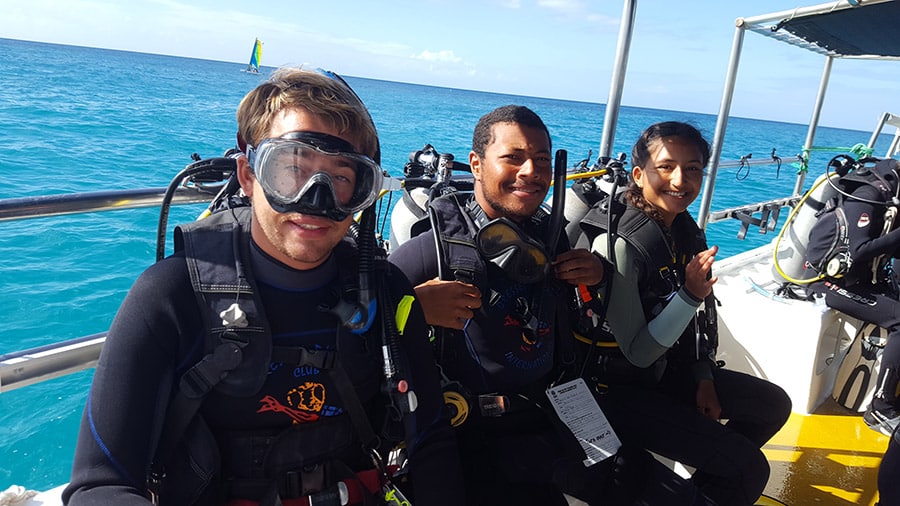

at that point, i decided to stick close to the anchor line and go no further. The Theoretical Ocean Depth enables you to use standard dive tables, such as the Recreational Dive Planner (RDP), to correctly plan your altitude dives. upon getting to the botton, the visibility was crap. In this instance, it wasn't the depth but the conditions that rang the alarm bellĪnother time, also shortly after my OW class, i "semi-aborted" a dive. Two-dive day, and the current had really picked up. Select the column that best represents your dive site elevation and the row that shows your actual (or planned) dive depth. Only once did i "abort" a dive during this time. Directions for Altitude Table: Use the adjusted depths on the table above when using dive tables at sites above 1000 ft elevation. I began to dive in 70 to 90 feet of water immediately after OW certification,Īnd had done several dives past 100 feet (in the Cayman Islands) prior to myīut all of these dives were easy dives, with an anchor line, with next to no A diver should always adhere to the originally calculated or dive computer prompted decompression stops in addition to the deep stop.Again, as i think most people have pointed out, these are recommended depths. A deep stop is a 30-60 second stop at 50% of the maximum depth for the dive and should be taken by anyone doing decompression dives, or diving near the NDL’s.Īquaviews Tip: A Deep Stop is not a substitute for your Deco Stop or Safety Stop. However for those recreational divers wanting to manually calculate when to take one, simply divide your max depth by two and do a 30 second to a minute stop there. Usually newer dive computers incorporate Deep Stops into their algorithms, and alerts divers when to take a Deep stop. A deep stop is said to help prevent the formation of micro-bubbles in a diver’s bloodstream and also slows down their ascent. According to DAN (Divers Alert Network) an additional deep safety stops adds a significant margin of safety versus only making the normal 20 -15ft safety stop.
#Scuba diving depth chart series#
dives beyond the NDLs of dive tables) this is because on a single tank dive, the chances of a diver running out of air while having to perform long decompression stops is highly likely, putting the diver at risk of either running out of air, or skipping the deco stop and possibly ending up with DCS.Ī relatively new concept introduced into the world of scuba diving, A deep stop is a pause or a series of pauses on the ascent, prior to any mandatory stops (either safety or deco).

Most recreational diving discourages divers from intentionally doing decompression dives (i.e. Typically, more than one decompression stop is needed and many divers use dive computers to calculate their decompression stops and to alert them of when and how long to perform the stop. To many aspiring scuba divers, Dive Tables are scary. Dive tables are used to determine how long you can safely stay under water at a given depth, both for the initial dive and for subsequent dives. While a safety stop is always carried out at 15-20 feet for 3 to 5 minutes a decompression stop varies based on the depth and time the diver spent at a particular depth, and that diver would perform a Deco Stop and a Safety Stop at 5m (15ft).ĭecompression stops are a critical part of deep water diving, with the length and depth of such stops varying depending on the depth and length of the dive. In this section we explain dive tables and go through specific examples of repetitive dives, using both the PADI and the NAUI tables. Omitting a decompression stop puts the diver at great risk of nitrogen bubbling and DCS. While a safety stop is in essence a kind of ‘decompression stop’, if the diver has remained within the NDL (no-decompression Limits) throughout the dive, the safety stop is more of a precautionary measure rather than a mandatory stop unlike a decompression dive stop. Without decompression stops, these gases would expand, turning into bubbles and causing decompression sickness. In this article we take a closer look at the Safety Stop, Deco Stops and Deep Stops.Ī decompression stop is a pause in a diver’s ascent made to allow the body to expel dissolved gases primarily nitrogen in the blood. There are a few different kinds of decompression stops/ pauses in ascent, which a scuba diver needs to make to allow for the expelling of inert gasses to minimize the possibility of the gasses forming micro-bubbles which in turn can cause Decompression Sickness or DCS.


 0 kommentar(er)
0 kommentar(er)
